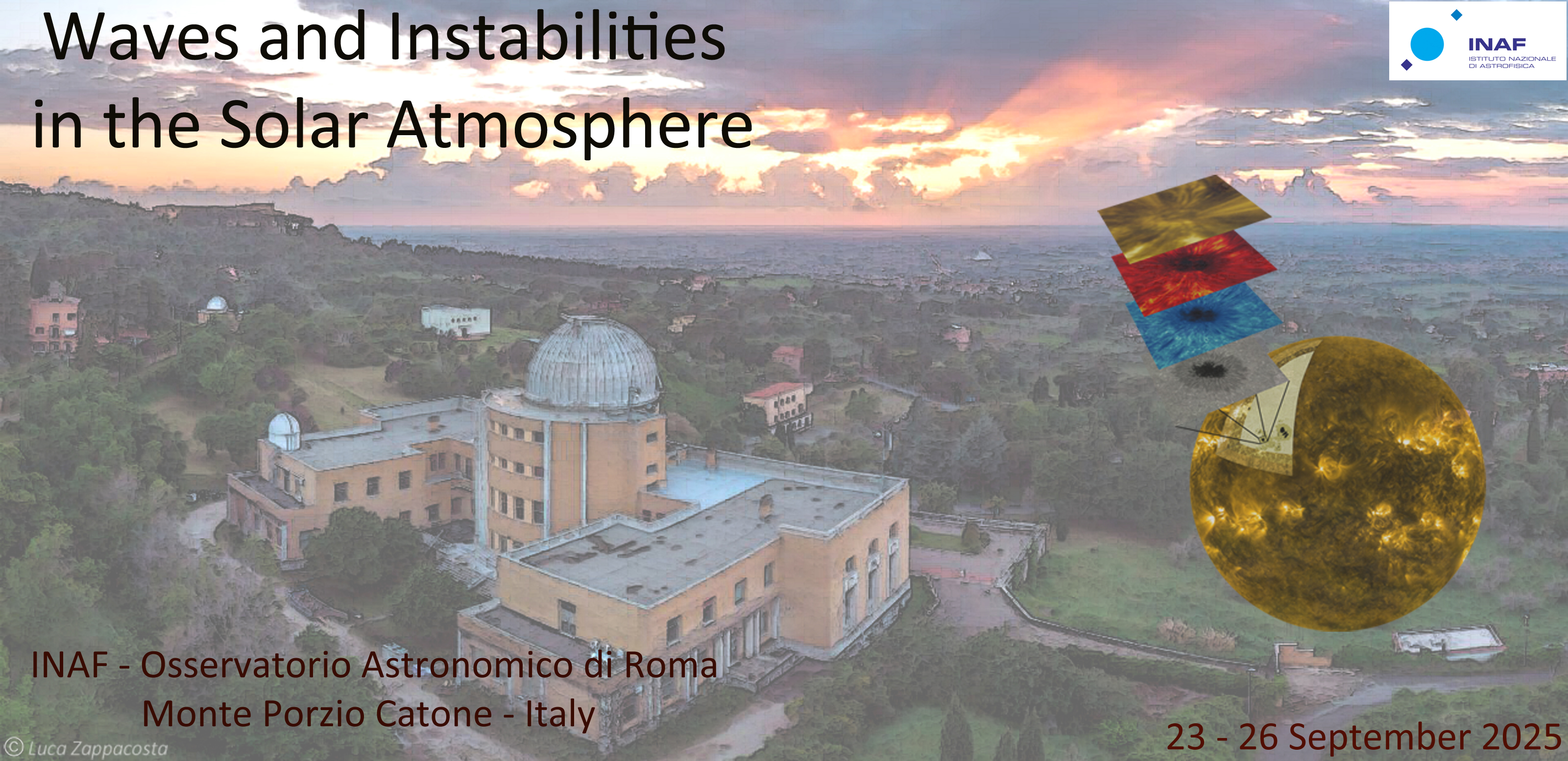Speaker
Description
We performed full Stokes spectropolarimetric observations of loop footpoints in the active region NOAA 13363 during a C-class flare with the GREGOR Infrared Spectrograph (GRIS) on 2023 July 16. The observed spectral region included the photospheric Si I 10 827 A and Ca I 10 839 A lines and the chromospheric He I 10 830 A triplet. Simultaneously, high-cadence and high-resolution imaging observations were carried out with the improved High-resolution Fast Imager (HiFI+) in the Ca ii H line and TiO bands. The observations were conducted under excellent seeing conditions, as confirmed by the Fried-parameter measurements. Speckle-restored HiFI+ Ca II H images revealed thin flare-related filaments and diffuse haze-like emissions, further confirmed by background-subtracted solar activity maps (BaSAMs), which localized chromospheric variability near the sunspot. The He I triplet showed enhanced emission during the flare events and developed intense red- and blueshifted components, with the decisive shift of 90 km s−1, suggesting the significant energy release and plasma motion triggered by the flare. Simultaneously, a delayed increase in the Si I line wing intensity was observed approximately 6 minutes after the He I emission, suggesting that the upper photosphere experienced secondary heating, possibly due to thermal conduction rather than energetic particles. This time delay and spatial correlation support a scenario where dynamic flare processes influence chromospheric and upper photospheric layers.
Our results demonstrate a temporal and spatial coupling between chromospheric and upper photospheric regions, and the time delay rules out direct heating by flare accelerated electrons, so we propose thermal conduction or ionization effects as possible mechanisms.
| Sessions | Wave generation, energy transport, dissipation and heating |
|---|

